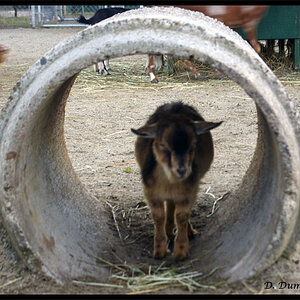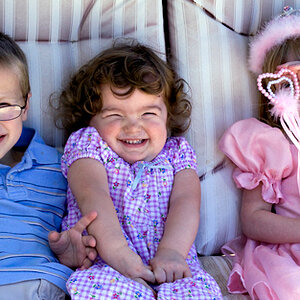- Joined
- Mar 29, 2016
- Messages
- 14,859
- Reaction score
- 8,315
- Can others edit my Photos
- Photos NOT OK to edit
For the studio portrait photographers out there. What are you using as your backdrops???? Over time I've picked up an assortment of everything from paper, to cloth, to painted canvas. Storing 10x20 back drops is a PITA especially when your studio does double duty as your garage. I thought hanging them from overhead with roller up chains was the answer, but invariably when they get rolled up there are creases/waves to contend with. I end up spending an hour or more steaming or ironing the &^*% things. Painted canvas in the larger sizes is way heavier than I want to deal with on a regular basis. My seamless paper seems to be the most trouble free, but since the decline in brick & mortar stores the shipping can get pricey on a 10' roll. I may end up having to go that route though.
For those that use paper do you use a separate floor sweep? The advantage of the cloth was I could throw it in the washer if it got dirty, but with the paper, all you can do is tear it off and throw it away.
For those that use paper do you use a separate floor sweep? The advantage of the cloth was I could throw it in the washer if it got dirty, but with the paper, all you can do is tear it off and throw it away.







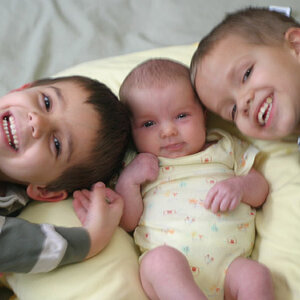
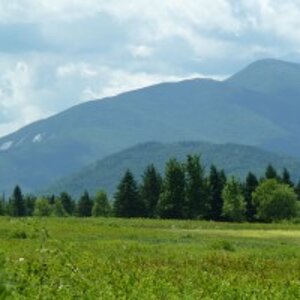
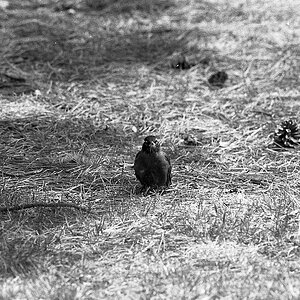
![[No title]](/data/xfmg/thumbnail/34/34055-9c9c587b8094b98e1010fe73cead6994.jpg?1619736255)
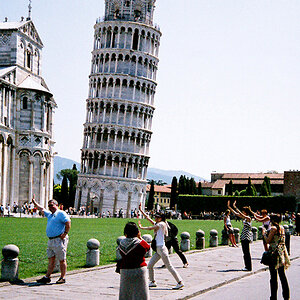
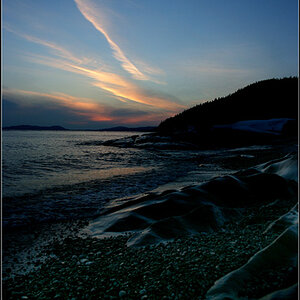
![[No title]](/data/xfmg/thumbnail/34/34054-75057fa828bda4184ea808ff8bd8dfcf.jpg?1619736254)
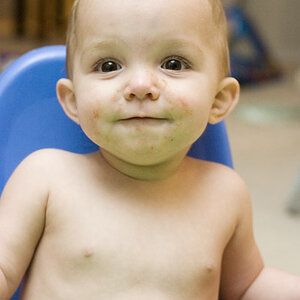
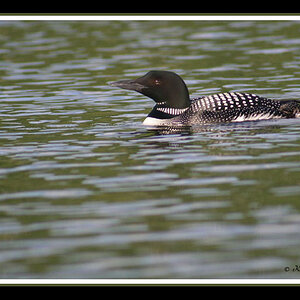
![[No title]](/data/xfmg/thumbnail/35/35224-c14babe4157e05767660f47e7de82aef.jpg?1619736959)
